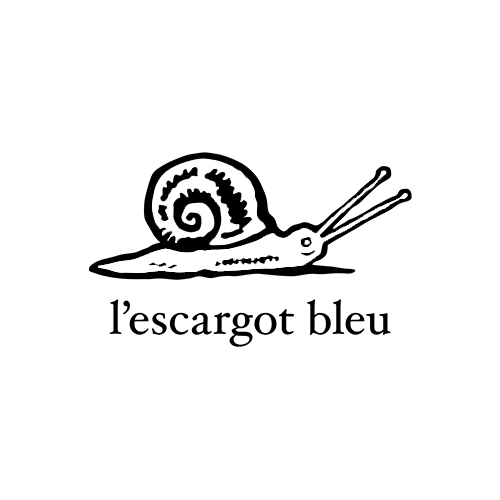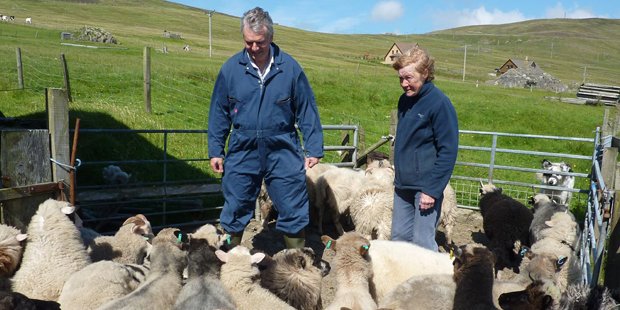Shetland Seaweed Lamb
How to prepare whole Seaweed Lamb
Take a lamb and bone it completely resulting is a tray containing the legs, shoulders, loins, belly and all the offal and trimmings.
Roast all the bones and put them in a pot with caramelised diced carrots, onions, leeks, celery, garlic, bay leaves, thyme, tomatoes of any kind and some seasoning. Cover with cold water, bring to the boil and simmer for at least 6 hours, skimming regularly. Pass through a sieve into a pot and reduce by at least half, then pass through a fine sieve again and set aside in the fridge until needed.
Then select the meat you want to cook. At l’escargot this week we will pass all the trimmings through a mincer, and cut all the shoulders and legs lengthways then wrap it around the minced meat to hold it together. We will roll them tight and tie with string. We will then chop some carrots, onions, leeks, celery and garlic and sweat them in a large pan with some seasoning. Then place the rolled meat in the pot and pour over some of the stock (from the fridge) and cook.
Once cooked, we will remove the meat and reduce the stock until it is thick and flavoursome. This will be this week’s lamb casserole.
In cooking terms, this is what we call a “braising stock” - using an existing stock to make another. It concentrates the flavours even more. It is a long process, but well worth it as it is natural and removes the need to add any mass-produced stock in our cooking.
This is also what Slow Food is about – simply the opposite of fast food - using local, clean and healthy ingredients in a natural way. L’escargot bleu was voted Slow Food Restaurant of the Year in Scotland last year!
A few words on Shetland Seaweed Lamb from Richard Briggs
Fred and I are both big supporters of the Slow Food Movement, which champions good quality, from clean provenance, produced in a manner that is fair to welfare and the environment. One of their projects is the Ark Of Taste which documents foods from around the world produced in a traditional manner that tend to be side-lined because the production is not suitable for industrialisation. The objective of the project is to encourage consumers (Slow Food calls them “co-producers”) to buy these products to support biodiversity.
Native Shetland Lamb is one such product. Its quality was recognized by The EU with the award of “Protected Designation of Origin” brand protection in 1996. To qualify the lamb must be derived from the Shetland breed, less than 12 months old, as well as being born, raised and slaughtered in Shetland.
By local convention, Native Shetland Seaweed lamb comes from flocks that have access to graze on the shore. As none of my land is on the coast, every autumn I buy a batch of lambs from a friend who’s land is.
Like many customers, Fred puts his order in for next year as soon as he gets his delivery.
This year the lambs come from Gilfillan Brothers, whose croft is on the west shore of Weisdale Voe.
If the Slow Food Movement is of interest, all can join Slow Food Scotland. Your subscription will support their many projects at home and around the world.
Richard Briggs is a Shetland Sheep breeder on Shetland who sells whole Native Shetland Lamb PDO. This lamb, with subtly different characteristics, is available freshly butchered, chilled and packed suitable for restaurants and for home freezing. 18-month old hogget is also available in the same form. Order online here.

